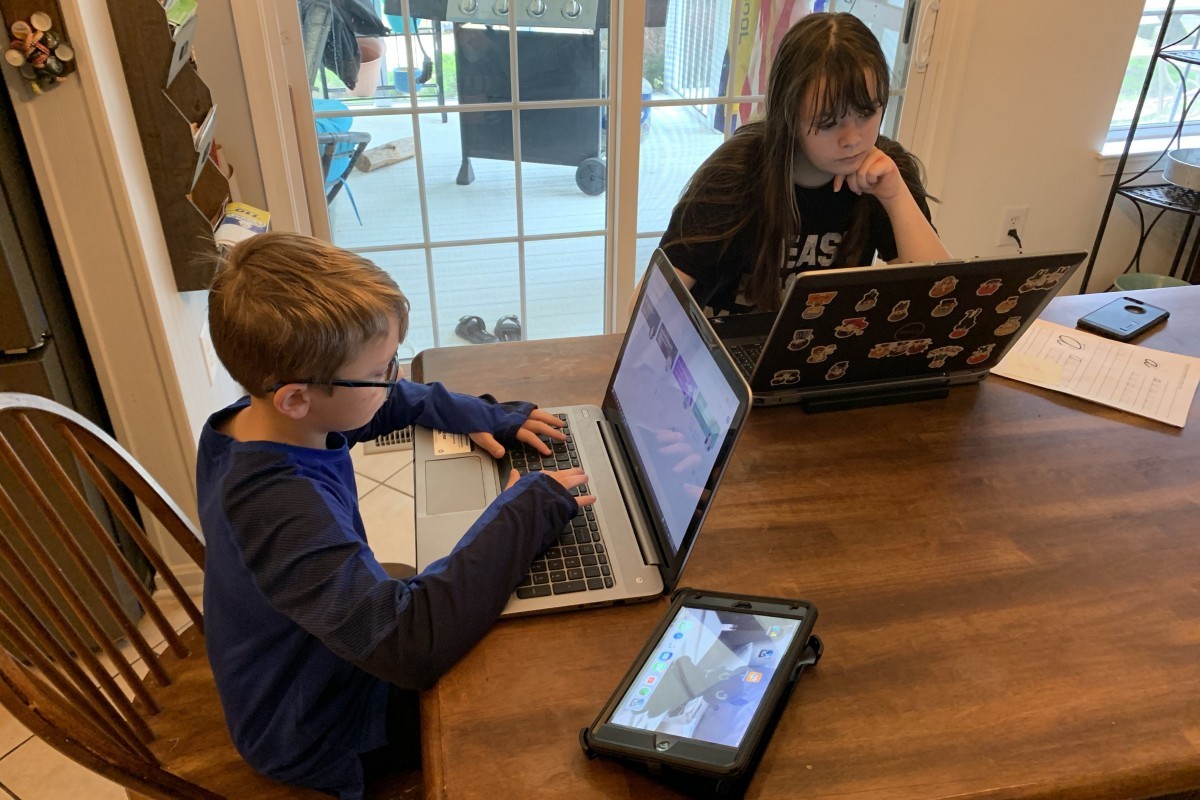Crafting Safe Learning Environments: How Online Education Takes a Stand Against Bullying
Key Takeaways:
- Understand the role of online education in providing safer learning spaces.
- Learn strategies that online schools employ to tackle bullying.
- Discover how students benefit from personalized learning experiences.
- Explore real-world examples highlighting the effectiveness of online schooling.
Table of Contents:
- Introduction to Online Education and Bullying
- Understanding the Safe Haven of Online Schools
- Strategies Employed by Online Schools to Combat Bullying
- Benefits of Online Education: More Than Just Safety
- Real-Life Success Stories
- Challenges and Considerations in Online Learning
- Additional Resources and Support Systems
- Conclusion
Introduction to Online Education and Bullying
In recent years, the topic of bullying in schools has garnered significant attention, emphasizing the urgent need for solutions that protect students and foster a positive learning atmosphere. Traditional school environments, with their numerous interpersonal interactions, often become breeding grounds for bullying, which can have a lasting impact on students’ mental health and academic performance. Online education platforms are becoming pivotal players, presenting themselves as a viable and safer alternative for students worldwide. Recognizing this reality, many see how online school provides a safe alternative to traditional models, equipping students with a secure space for education that focuses on learning without distractions or fear.
Understanding the Safe Haven of Online Schools
Online schools inherently alter the dynamics of student interactions, providing a buffer against the typical sources of bullying found in physical schools. In such digital classrooms, there is a notable reduction in instances of verbal and physical altercations. Online interaction is conducted through structured channels, making monitoring and managing student behavior easier. This digital realm becomes a controlled environment where educators can ensure supportive and positive interactions. Beyond minimizing bullying, this framework also democratizes access to education by dissolving geographical barriers, enabling students from diverse backgrounds to come together in a shared academic landscape, fostering inclusivity and understanding.
Strategies Employed by Online Schools to Combat Bullying
To tackle bullying head-on, online schools have adopted various strategies that leverage technology and compassionate pedagogy. Monitored communication channels, such as forums and chatrooms, are commonplace within these platforms, ensuring that dialogue remains respectful and supportive. Students can access anonymous reporting tools, a vital resource that allows them to safely voice concerns and report bullying incidents without fear of reprisal. Beyond reactive measures, these schools engage in proactive educational efforts. Social-emotional learning modules are integrated into the curriculum to promote empathy, self-awareness, and responsible decision-making among students. Online schools lay the groundwork for a more harmonious learning community by addressing student development’s emotional and social dimensions.
Benefits of Online Education: More Than Just Safety
While creating a haven is a significant advantage, the benefits of online education reach far beyond simply avoiding bullying. A defining characteristic of online learning is its capacity to provide a deeply personalized and flexible educational experience. Learners can progress at speed, exploring subjects that excite them more thoroughly while getting assistance under challenging areas. This self-directed learning model nurtures independence and accountability in students, preparing them for lifelong learning. Moreover, the flexibility of online education accommodates different learning styles and schedules, which can be especially beneficial for students with unique needs or those involved in extracurricular pursuits. Insights from Harvard Education highlight how these customizable learning paths enhance academic performance and boost student motivation and engagement.
Real-Life Success Stories
The potential of online education is vividly illustrated through real-life success stories of students who have thrived in these environments. Take, for example, students who once struggled with severe anxiety or bullying in traditional settings, finding peace and potential through online schools. These platforms offer them a chance to rebuild their confidence and rediscover a love for learning away from the stress of negative peer interactions. Such stories often reveal remarkable transformations, with students achieving academic excellence, gaining scholarships, and developing leadership skills. The flexibility and support provided by online education have enabled these students to reach their educational goals and craft unique personal successes, underscoring the profound impact of digital learning spaces.
Challenges and Considerations in Online Learning
Despite its promising benefits, online learning is not without its challenges. One primary concern is maintaining student engagement in a digital format, often requiring innovative teaching strategies to capture and retain student interest. Cyberbullying, although distinct from traditional bullying forms, poses another challenge within digital platforms. This issue necessitates a vigilant approach to online safety and privacy. Educators and parents must work collaboratively to ensure robust cyberbullying policies are in place. Additionally, both parties play a crucial role in maintaining open communication to address any concerns promptly. It is essential to foster an inclusive, interactive digital community that encourages active participation and collaboration, ensuring that the positives of online education are fully realized.
Additional Resources and Support Systems
For individuals seeking guidance in navigating online education, a wealth of resources is available to offer support and advice. Websites provide comprehensive tools and information for addressing and preventing bullying, applicable to online and physical environments. In addition, active parental involvement remains critical to successful online learning. Parents can significantly impact their children’s education by participating actively, grasping the subtleties of online interactions, and knowing about the resources that are accessible. Community forums and support groups further enhance the network of assistance, offering peer advice and shared experiences that bolster the overall strength of the community.
Conclusion
As digital transformation continues to influence educational paradigms, the role of online platforms in crafting safe and nurturing learning spaces becomes increasingly apparent. By offering a combination of safety, flexibility, and personalized learning paths, online education not only meets the current educational demands but also boldly addresses the perennial issue of bullying. Looking to the future, these platforms are poised to play an integral role in shaping educational landscapes that accommodate diverse learning needs and provide every student with the opportunity to succeed. Online education’s continued development and adaptation promise a bright future where every learner can experience both safety and growth.







